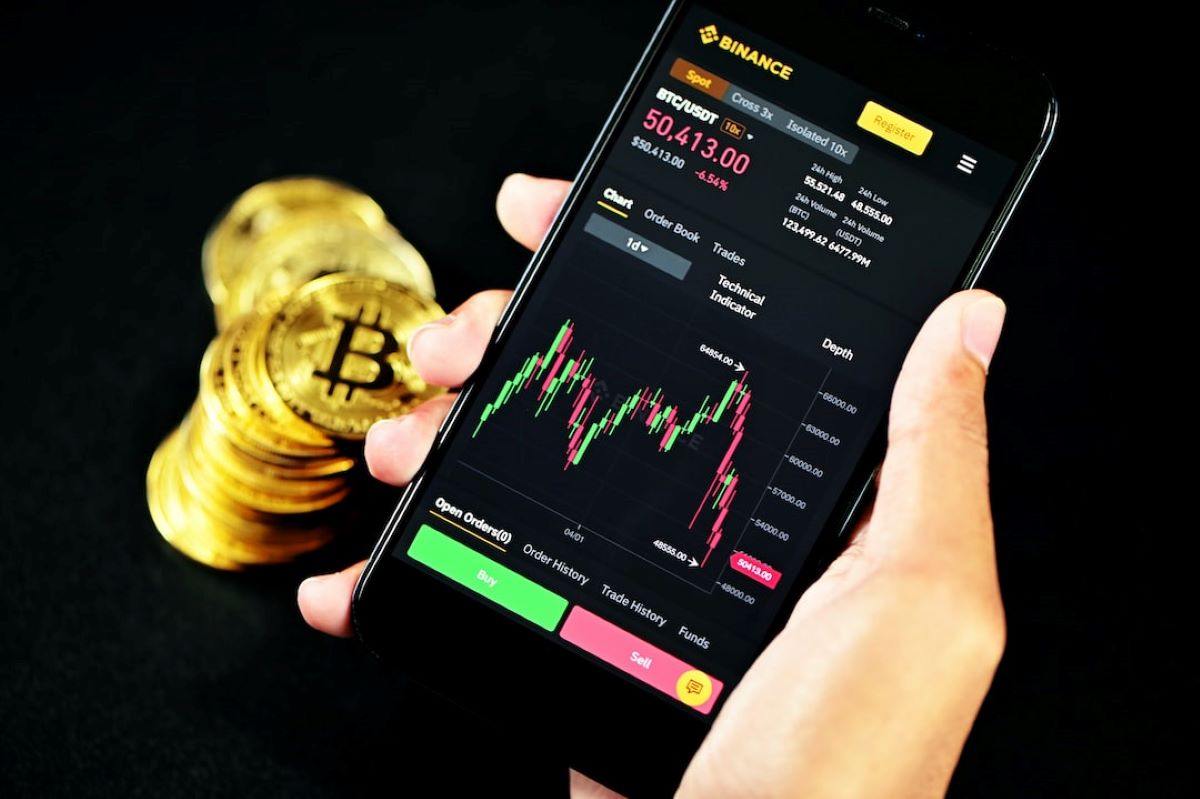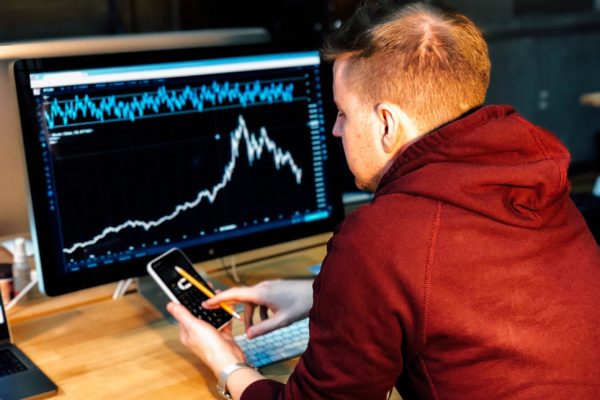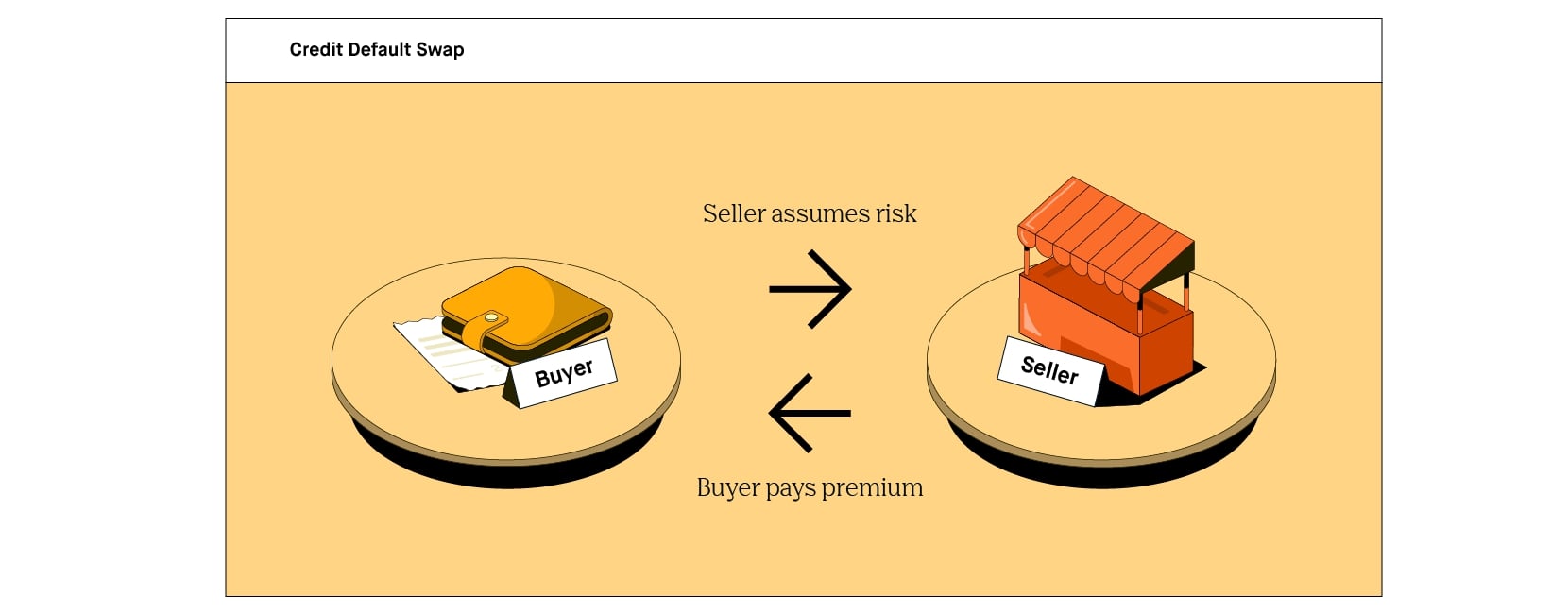Home>Finance>Forex Market: Definition, How It Works, Types, Trading Risks


Finance
Forex Market: Definition, How It Works, Types, Trading Risks
Published: November 27, 2023
Discover the ins and outs of the Forex market and its various types, as well as the risks involved in trading. Enhance your finance knowledge today!
(Many of the links in this article redirect to a specific reviewed product. Your purchase of these products through affiliate links helps to generate commission for LiveWell, at no extra cost. Learn more)
The Forex Market: Definition, How It Works, Types, Trading Risks
Are you curious about the world of forex trading and how it can impact your financial future? Look no further! In this blog post, we will delve into the fascinating realm of the Forex Market – an essential category on our finance page – and provide you with all the information you need to understand its definition, functioning, different types, and trading risks.
Key Takeaways:
- The Forex Market is the largest and most liquid financial market in the world.
- Forex trading involves buying and selling currency pairs with the aim of making a profit from fluctuations in their exchange rates.
What is the Forex Market?
The Forex Market, also known as the Foreign Exchange Market, is where individuals, businesses, and financial institutions trade one currency for another. It is a decentralized market that operates globally, 24 hours a day, five days a week. With an average daily trading volume exceeding $6 trillion, it outshines all other financial markets in terms of liquidity and size.
How Does the Forex Market Work?
The functioning of the Forex Market is relatively straightforward. Trading occurs in currency pairs, with each pair representing the exchange rate between two particular currencies. For instance, the popular EUR/USD pair represents the exchange rate between the Euro and the US Dollar.
Forex trading primarily takes place through an electronic network of global banks, financial institutions, and individual traders. Unlike traditional stock markets, the Forex Market has no physical location. Instead, it operates through an extensive network of computers and communication technologies, allowing participants from different corners of the world to trade seamlessly.
The demand and supply dynamics of different currencies drive the fluctuation of exchange rates in the Forex Market. Economic factors, political stability, central bank policies, and market sentiment all contribute to the constant movement of currency prices.
Types of Forex Trading
There are various ways to engage in forex trading, each with its own unique characteristics. Here are the three primary types:
- Spot Forex Trading: This is the most common form of forex trading, where trades are executed instantly at the current market price.
- Forward Forex Trading: In forward trading, participants agree to buy or sell currencies at a predetermined price in the future. This type of trading is often used by businesses to hedge against currency risk.
- Future Forex Trading: Similar to forward trading, futures involve contracts to buy or sell currencies at a predetermined price and date. However, futures are standardized and traded on regulated exchanges.
Trading Risks in the Forex Market
While forex trading presents lucrative opportunities, it also comes with inherent risks. Here are some noteworthy risks to consider:
- Volatility: The forex market is highly volatile, with currency prices capable of experiencing rapid and substantial fluctuations.
- Leverage: Traders often use leverage, a loan provided by brokers, to control larger positions with smaller amounts of capital. While leverage can amplify profits, it also magnifies potential losses.
- Market Manipulation: As a decentralized market, the forex market is vulnerable to manipulation attempts by unscrupulous participants. Traders must stay vigilant and choose trustworthy brokers.
- Operational Risks: Technical glitches, system failures, or internet connectivity issues can disrupt trading activities and potentially lead to financial losses.
It is crucial to understand and manage these risks effectively when engaging in forex trading. Proper risk management strategies, such as setting stop-loss orders and carefully analyzing market trends, can help mitigate potential losses.
Now that you have gained a deeper understanding of the Forex Market, you are better equipped to explore the world of forex trading. Remember, knowledge, discipline, and continuous learning are key to achieving success in this dynamic financial arena.














